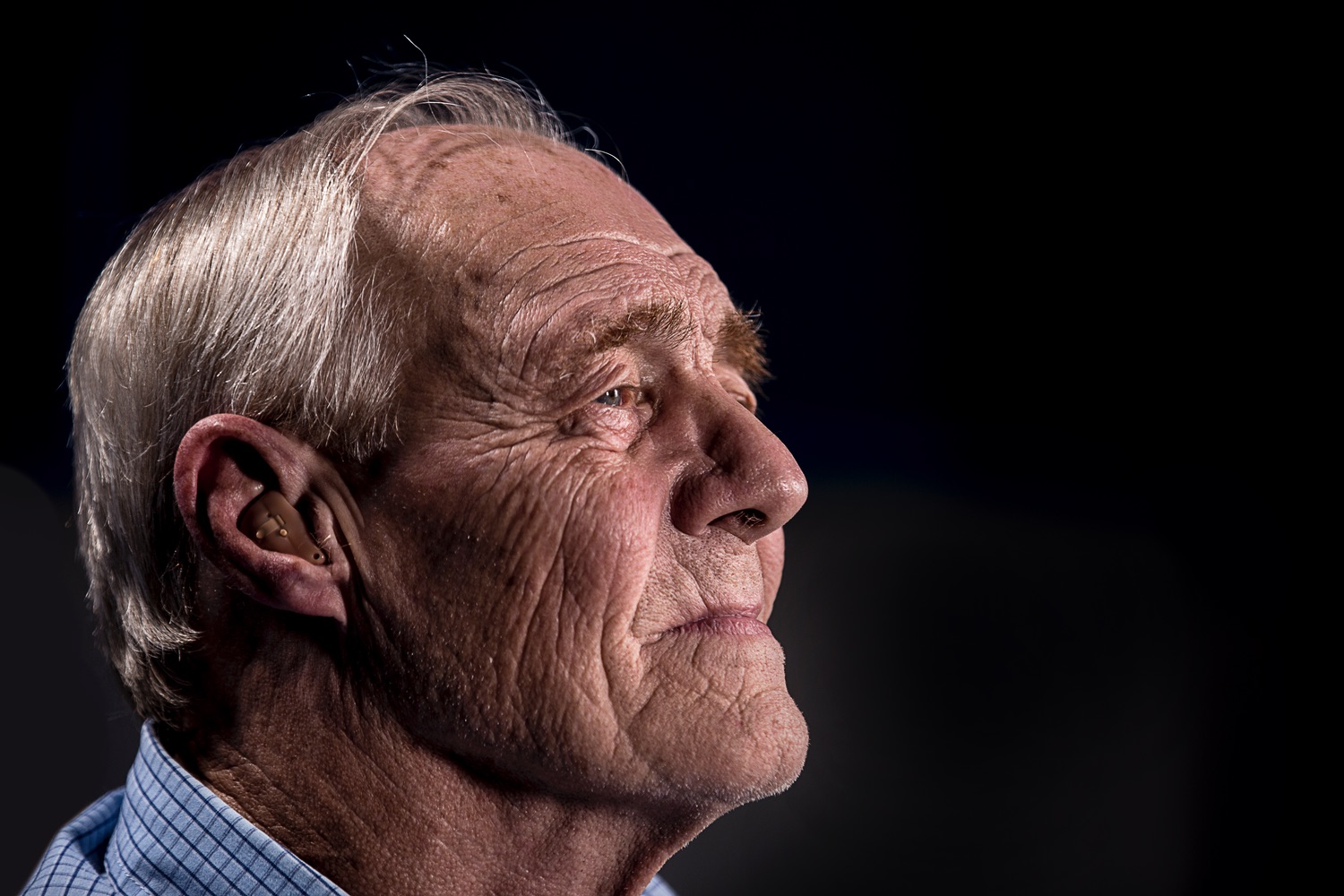
5 Home Modifications To Help You Age In Place
As we grow older, most of us would prefer to stay in our homes and ‘age in place’, rather than move into residential care. But many of us live in houses that were designed long before architects were considering making spaces accessible and livable for all ages. In fact, more than 95% of US homes lack aging-in-place features. And with the population of over 65s predicted to double from 2012 to 2050, the need for home modifications is only set to grow.
So how can your house be made safer?
The good news is that Certified Aging-in-Place Specialists (CAPS) are available to help you remodel your home. They are architects, designers and healthcare professionals that have come together in response to increasing demands in home modifications for seniors. Let’s look at five of their top modifications and installations:
Walk-in bath
Enjoy the luxury of a bath with the access of a shower. A walk-in bathtub is equipped with a door which enables you to enter the bath without having to climb over the threshold. The tight sealing prevents leakage and drainage is effective so you don’t have to sit for long whilst the bath empties. These tubs also have anti-slip surfaces and are equipped with handrails to maximize safety.
Adjustable countertops
You might find it increasingly hard to use kitchen countertops and appliances set at the standard height. Adjustable countertops and sinks offer you control over their height, with a variety of mechanisms available from full electrically powered adjustments with memory control, to a manual crank handle.
Pull-out shelves
Reaching into the furthest corners of your wardrobe or kitchen cupboards can be a strain on the most flexible of limbs. With pull-out shelves, access is much easier. And what’s more, you gain capacity by being able to use the full amount of space available.
Video door entry
For peace of mind, a CCTV camera will enable you to view visitors at the door at any time of day. The video system can be combined with remote door opening so that you can review callers and let them in without having to move.
Personal emergency response system
More than one in four Americans aged over 65 falls each year, a significant proportion of which are in the home. It makes good sense then to invest in a personal emergency response system – an easy-to-reach alarm that can be worn around the neck. There are many models on the market, but all function in a similar way. Pressing the alarm button sends a signal to a console which has a two-way speaker. The operator can then dial the Emergency Response Center as well your relatives.
Don’t forget to assess!
Before you invest in any of these modifications, ensure you carry out a full assessment of your home. You might wish to seek professional help from an occupational therapist or a CAPS. They will be able to guide you in making your own home safe and accessible to keep you fully independent.
